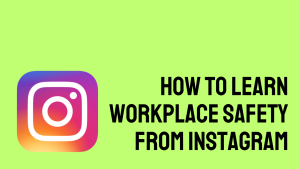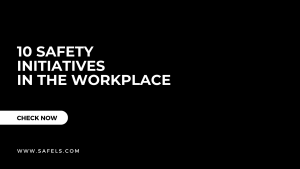
Serious accidents can happen anywhere, including at your place of work. Knowing how to respond in these situations is important not just for your long-term health, but also to protect your rights as an employee. Regardless of your occupation, it’s crucial that your employer provides you with a safe work environment.
[Continue reading…]









